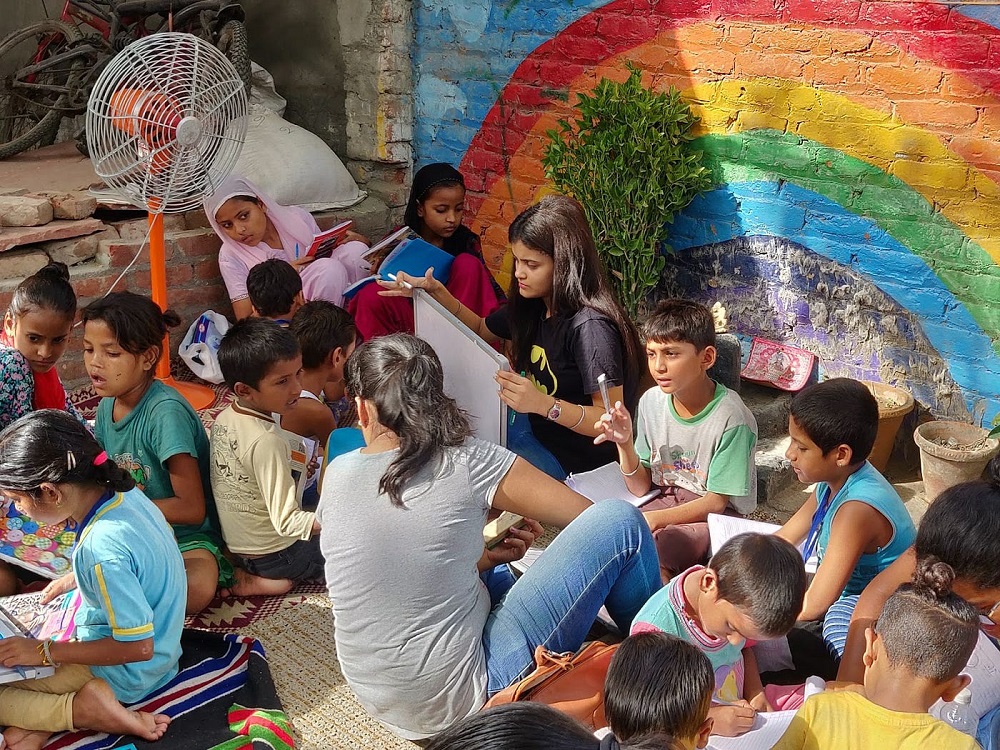In the intricate web of societal challenges, the intersection of poverty, health, and education forms a complex knot that demands comprehensive and interconnected solutions.
In this blog of Fikrah – A holistic approach that simultaneously tackles these three pillars is not just desirable. It is also essential for creating sustainable and impactful change in the lives of individuals and communities.
1. Understanding the Interconnected Web
Poverty, health, and education are intricately interconnected facets of human well-being. Breaking the cycle of poverty requires addressing its root causes, which often manifest in inadequate access to quality education and healthcare. Recognizing this interdependence lays the foundation for a holistic approach. That considers the broader context of individual lives.
2. Education as a Catalyst for Change
Education serves as a powerful catalyst in dismantling the barriers that perpetuate poverty. By providing quality education, individuals are equipped with the skills and knowledge necessary to break free from the constraints of their circumstances. Education empowers minds, fosters critical thinking, and opens doors to economic opportunities. Thereby addressing the core of poverty-related challenges.
3. Health as a Cornerstone of Well-being
Health is not only a fundamental human right but also a cornerstone of well-being. A holistic approach recognizes that impoverished communities often face health disparities, stemming from limited access to healthcare services and health education. By addressing health inequalities, we not only improve the immediate well-being of individuals but also create conditions conducive to breaking the cycle of poverty.
4. Breaking Barriers to Access
Holistic approaches prioritize breaking barriers to access, ensuring that individuals in poverty have equitable opportunities in education and healthcare. This involves addressing systemic issues such as economic inequality, geographical barriers, and cultural factors. That may also hinder access. By removing these barriers, we create an environment where individuals can thrive in all aspects of life.
5. Community Engagement and Empowerment
Community engagement lies at the heart of holistic approaches. Empowering communities to actively participate in their development fosters a sense of ownership and ensures that interventions are culturally sensitive and contextually relevant. Through collaboration with community leaders and stakeholders, a holistic approach becomes a collaborative effort. That aligns with the unique needs of the population.
Click here to know more about “What is Holistic Education?”
CONCLUSION:
A holistic approach that tackles poverty, health, and education as interconnected elements is a unified vision for sustainable change. By recognizing the interdependence of these pillars and implementing strategies that address them simultaneously, we create a ripple effect of positive transformation. As we strive towards a future where individuals and communities flourish, a holistic approach becomes not just a strategy but a philosophy that acknowledges the complexity of human well-being and aspires to uplift every facet of society.

